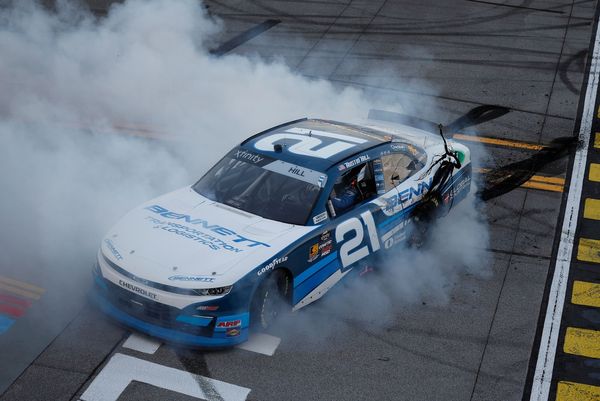We recently talked about the expected range of some key stocks over earnings this week. Today, we are going to look at an advanced options strategy known as a call ratio spread in Roku stock.
This trade might be appropriate at a time such as this. Why? You can construct this trade with zero downside risk, while also allowing for some gains if a stock recovers.
Let's take a look at an example using Roku.
- Buy to open 1 ROKU April 170 call @ 21.20
- Sell to open 2 ROKU April 200 calls @ 11.05
Buying the 170 call costs $2,120 and selling the two 200 calls generates $2,210. Therefore, the trade brings in a net credit of $90. If ROKU stays below 170, the calls expire worthless. We keep the $90.
Roku Stock: How Fast Could It Rebound?
If Roku stock rallies, a profit zone emerges on the upside. However, we don't want it to get there too quickly. For example, if Roku rallies to 190 in the next week, it is estimated the trade would show a loss of around $450. But if Roku hits 190 at the end of February, the trade will generate a profit of around $250.
As the trade involves a naked call option, some traders may not be able to place this trade. So, it is only recommended for experienced traders. While there is a large profit zone on the upside, consider the potentially unlimited risk.
The maximum possible gain on the trade is $3,090, which would occur if ROKU closed right at 200 on expiration day in April.
The worst-case scenario for the trade? A sharp rally in Roku stock early in the trade.
If you are unfamiliar with this type of strategy, it is best to use option modeling software to visualize the trade outcomes at different dates and stock prices. Most brokers will allow you to do this.
Negative Delta In The Call Ratio Spread
The initial position has a net delta of -15, which means the trade is roughly equivalent to being short 15 shares of ROKU stock. This will change as the trade progresses.
ROKU stock ranks No. 9 in its group, according to IBD Stock Checkup. It has a Composite Rating of 32, an EPS Rating of 68 and a Relative Strength Rating of 5.
Expect fourth-quarter results in February. So this trade would carry earnings risk if held to expiration.
Please remember that options are risky, and investors can lose 100% of their investment.
Gavin McMaster has a masters in applied finance and investment. He specializes in income trading using options, is very conservative in his style and believes patience in waiting for the best setups is the key to successful trading. Follow him on Twitter at @OptiontradinIQ.







